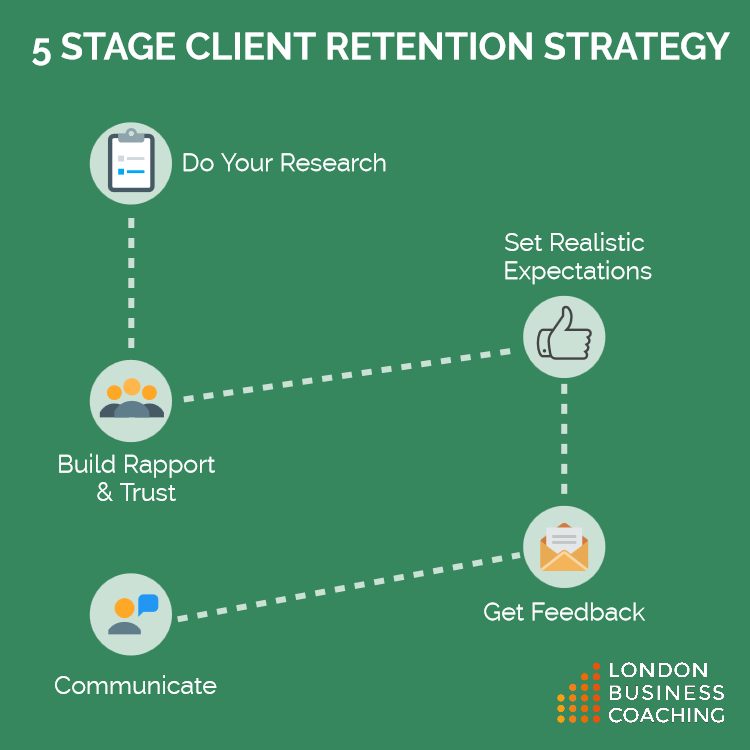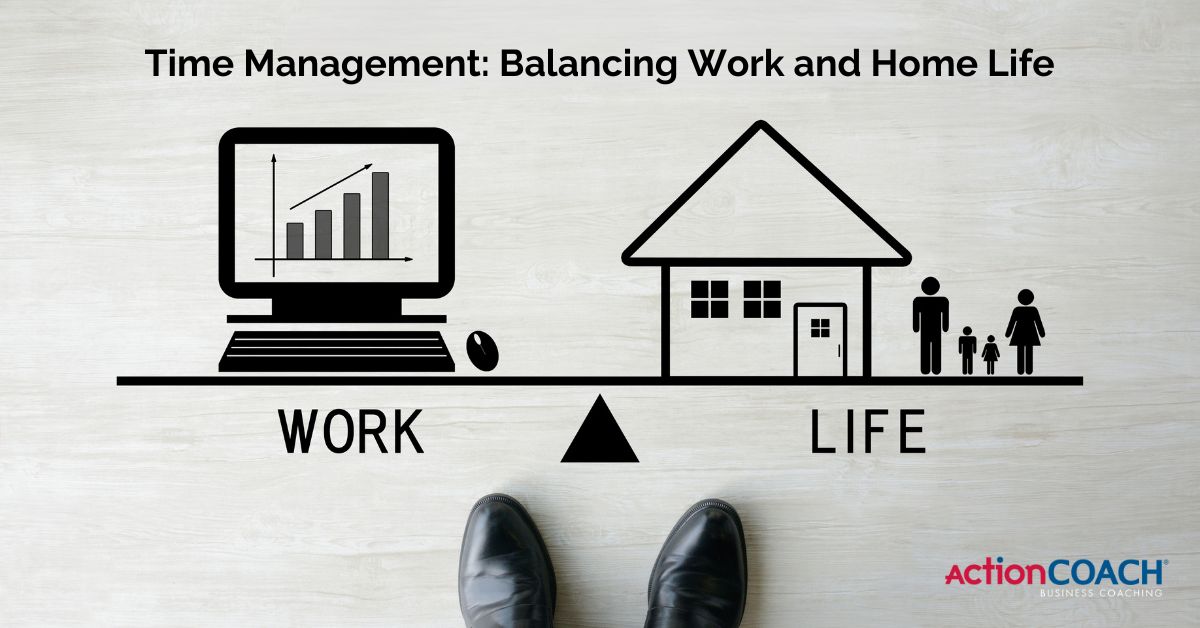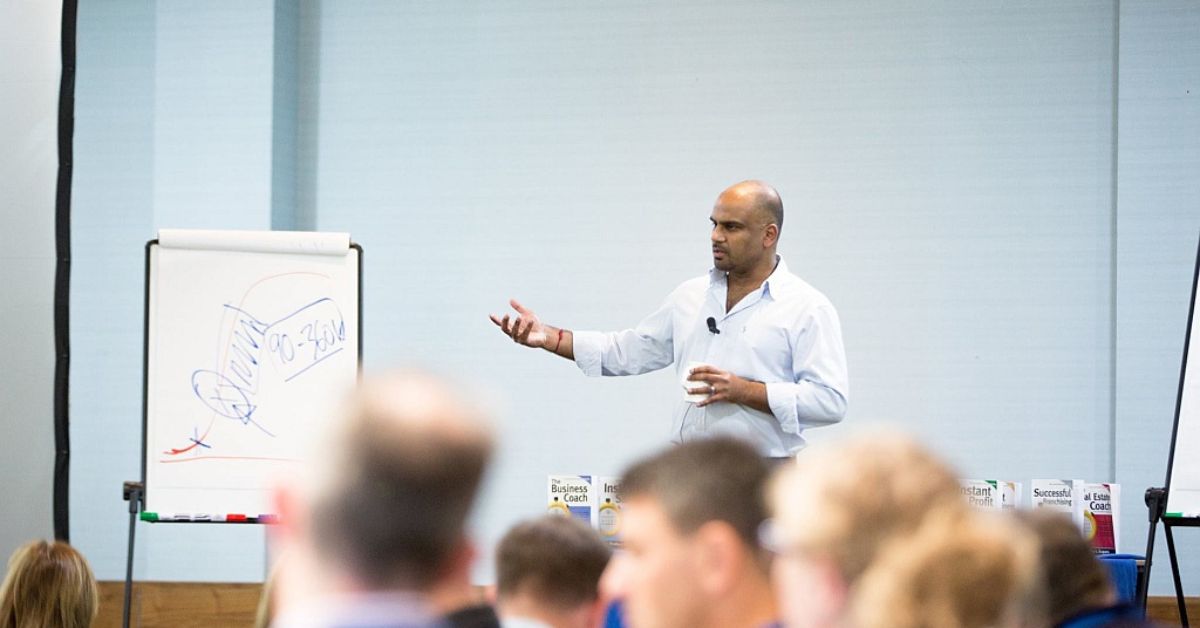Never Lose Clients Again: 5 Strategies That Help You Retain Clients Longer
Internally, we’ve been focusing on client retention.
An idea that came up in one of our strategy meetings was “keeping clients for longer is always easier than finding brand new ones.”
Sounds obvious so we ran the numbers to see what we could find out. Our current clients stay with us for 17 months on average. That’s not bad but we realised that we could increase that number with relatively little effort.
Want to know how we did it?
Here’s a 5-step strategy we’ve put together to help you keep your clients happy, so they stay longer, and you make more money.
Studies have found that buyers are more likely to buy from sellers who understand their needs. In fact, buyers reported that “understanding their needs” was one of the top 5 most important factors when choosing a seller.
The more you know about your client, the more prepared you’ll be to fulfil their needs. But you shouldn’t rely on a client to tell you everything.
Instead, you must be proactive in finding the answers yourself. Your research might involve:
- Asking the client insightful questions
- Examining their website and marketing materials
- Reading customer reviews
- Researching your client’s industry and competition
To keep clients on board you have to gain their trust and prove that you understand them. Your initial communications with them are crucial, so you should have a couple of tactics up your sleeve. You could:
- Ask them questions about their company – or themselves – to show them you’re interested in their goals
- Notice whether they’re an extrovert or an introvert; an analytic or creative. Then adjust your style so you’re ‘speaking their language’
- Chat informally about your other projects (this is a great way to talk about your experience and past results)
- Pay attention to their body language. If you see signs of anxiety or discomfort stop and check that there’s nothing they’re worried about.
One of our clients, estate agency Fish Need Water, asked for help improving the performance of their sales team. We worked with them on improving rapport building and communication skills.
This improvement contributed to a 323% increase in turnover for the company within just 2 years.
It’s amazing what a little bit of charm can do!
When trying to win over a brand new client, it’s natural that you might mention past results. However, if you fail to follow through with overly ambitious promises, you can leave your client disappointed.
So be realistic and make sure you can follow through with what you promise.
It’s your job to educate your client on what realistic expectation for a project should be and a good rule of thumb is underpromise and overdeliver.
You should also be conscientious when it comes to dealing with smaller tasks. Things like:
- Replying to emails succinctly
- Sending invoices on the same date each month
- Summarising meetings or phone conversations to reiterate your understanding of their needs
- Returning missed phone calls within a reasonable time frame
These aren’t difficult things to get right but they do convey the image that you’re a company that has things under control and has the ability to follow through on what you’ve promised.
Your client will want regular updates about the progress of their project and, depending on your industry, it might be important that they’re able to reach you whenever they need to. Equally, you’ll want to know that you won’t have to chase your client for a response if you need something from them.
A great way to maintain regular contact with a client is to set up a communication timetable from the start of the project. This could outline:
- Method of communications, for example via email, phone or face-to-face meetings
- Frequency of communications, such as weekly or monthly summaries of your progress
- Key stages in the project which will require client feedback.
IT consultant and Tech Republic writer Rick Freedman has written at length about the importance of good communication plans.
The only way to be sure if your project is truly fulfilling all your client’s needs is to ask for feedback throughout the project. You might ask questions like:
- What do you like about the work?
- What do you dislike?
- What would you like to change?
- Does it meet your expectations?
The difficulty when asking for feedback is that your client looks to you as the expert; how can they give good feedback when their knowledge on the area is inferior to yours? You can overcome this by getting them involved at every stage in the project. This will help them to understand how their feedback is improving your work.
Some of our clients say that maintaining good relationships with their customers is a job unto itself, but this 5 stage strategy makes it easy.
Build trust, do your research, communicate, get feedback and set realistic expectations; if you consistently work with these principles in mind, you’ll find that projects run smoothly and customers are more than happy to use and recommend your business time and time again.
How To Stand Out From The Crowd & Differentiate Yourself
In This Free Ebook + Email Course You Will Receive:
A Step-By-Step Process To Help You Define Your Own Unique Selling Points
Examples Of The World’s Best USPs
An Actionable Strategy You Can Use To Improve Your Marketing Right Now












